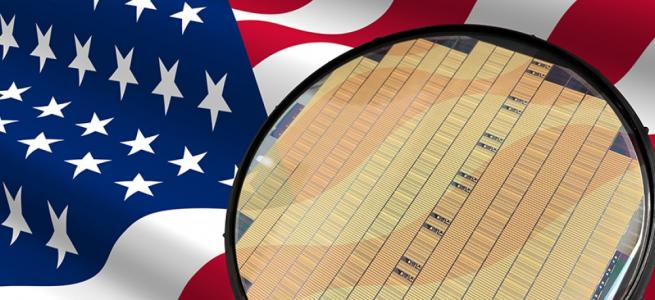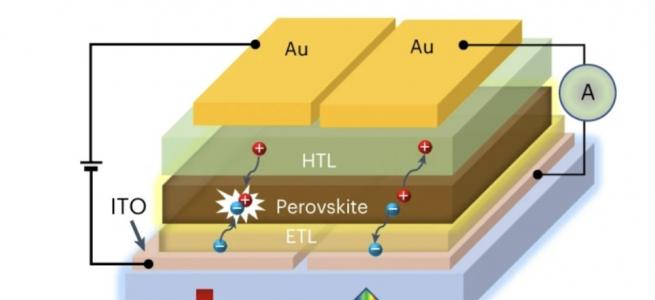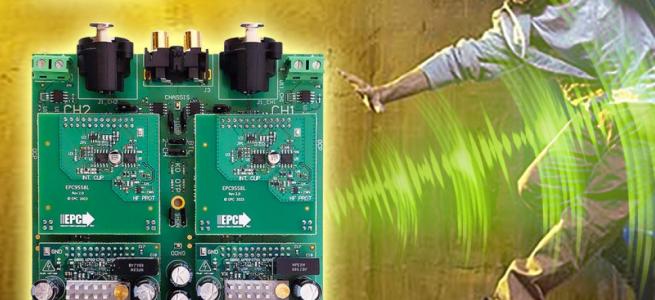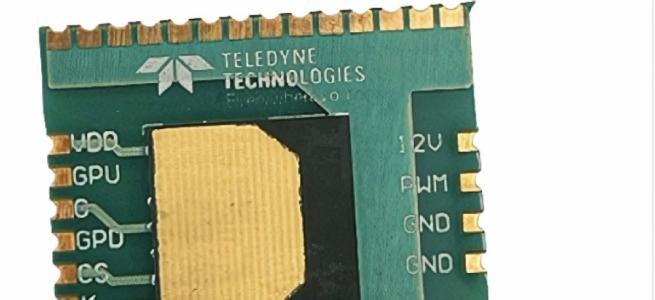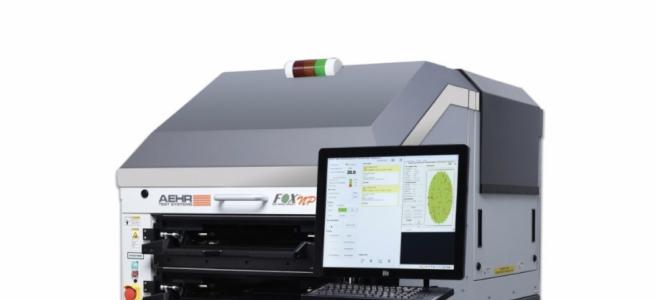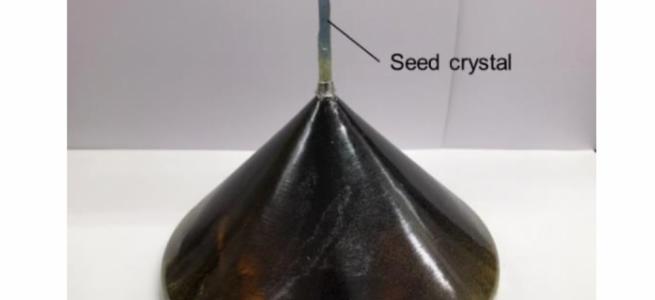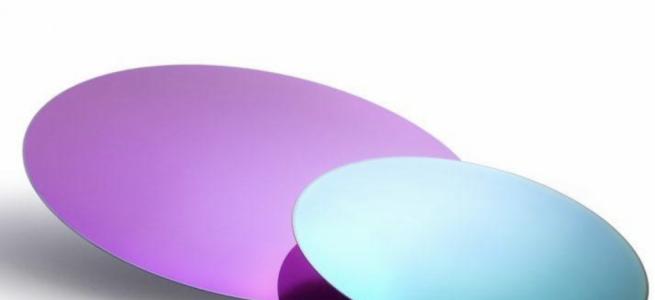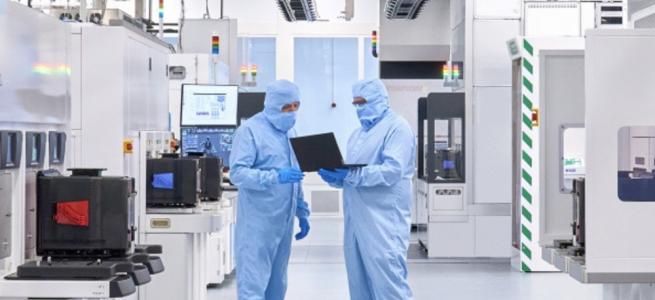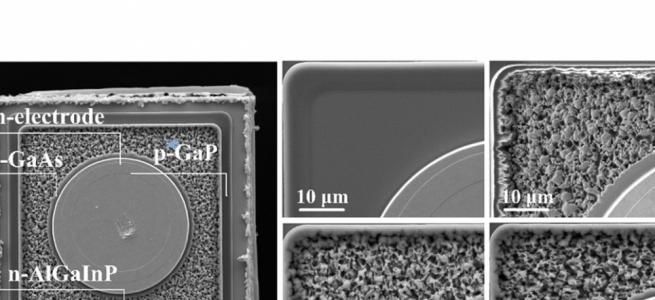Far-UVC kills 99% of airborne viruses in occupied room

Columbia team shows potential for 222nm light to protect against airborne-disease transmission better than ventilation systems
A study published in Scientific Reports by Columbia University researchers has revealed that far-UVC light inactivated nearly all (>99 percent) of an airborne virus in an occupied work environment, showing that the technology can work as well in a real-life scenario as in the laboratory.
While there are no 222nm far-UVC LEDs on the market, these results highlight the potential for developing solid state far UV-C emitters.
“The results show that far-UVC is highly effective at reducing airborne pathogens in an ordinary occupied room, and so it’s practical to use far-UVC light in indoor areas where people are going about their business,” says David Brenner, director of the Center for Radiological Research at Columbia University Vagelos College of Physicians and Surgeons and senior author of the study.
“If this virus had been a disease-causing virus, the far-UVC light would have provided far more protection against airborne-disease transmission than any ventilation system,” says Brenner.
Conventional germicidal UVC light is frequently used by hospitals to sterilise rooms. However, direct exposure to conventional can potentially harm skin and eyes, so it can only be turned on when a room is empty. As Brenner says: “The goal is to be able to continuously decontaminate a room while people are in it.”
At Columbia, a room where laboratory mouse cages are cleaned provided an ideal test setting. Most mice carry a form of norovirus that doesn’t make the animals—or humans—sick, but high concentrations of the virus become airborne when the cages are cleaned.
The researchers installed four overhead far-UVC lamps in the cage cleaning room and collected daily air samples to compare infectious virus levels on days when the lamps were turned on and days when the lamps were turned off.
"Based on our initial sensitivity tests, we expected to see a reduction in airborne virus of around 66 percent,” says Brenner. The result—a reduction in infectious airborne viruses of 99.8 percent—surpassed expectations and was far greater than what could be achieved by typical air filtration and ventilation.
Far-UVC lamps are being installed in more public locations, with corresponding measurements of the reduction in airborne pathogens. Brenner’s team is also performing laboratory studies to directly quantify the effect of far-UVC light on airborne disease transmission.


